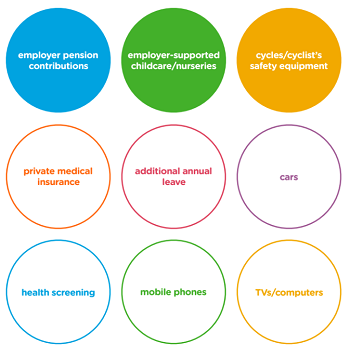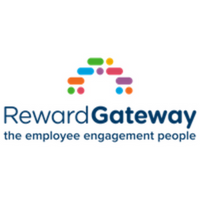Your guide to understanding and preparing for potential salary sacrifice changes

Considering the current salary sacrifice arrangements cost the government around £15 billion a year AND these amounts have increased by over 30% since 2010, this should come to us as no surprise.
So why does this matter?
Well, for many companies it’s a concern as they’ve been using the tax savings to fund other programmes and/or to pass on some or all of these savings to their employees. In addition, many companies are using these salary sacrifice arrangements as an integral part of their total rewards strategy and package.
As HR professionals and industry leaders, we should prepare ourselves by reviewing our own salary sacrifice arrangements and future-proofing them against potential changes.
Firstly what is a salary sacrifice?
According to Gov.UK a salary sacrifice arrangement is an agreement between an employer and an employee to change the terms of the employment contract to reduce the employee’s entitlement to cash pay. This sacrifice of cash entitlement is usually made in return for some form of non-cash benefit.
Examples of salary sacrifice arrangements:

*first row represents salary sacrifice arrangements that may be excluded from consultation
The government stated its intention to exclude a number of salary sacrifice arrangements from the policy as it wishes to “encourage employers to provide these to employees.”
These include: employer pension contributions, employer-provided pension advice, employer-supported childcare and provision of workplace nurseries, and cycles and cyclist’s safety equipment.
A Consultation Recap (What Does it all Mean?):
The HMRC produced a 17-page document to explain the process. Here are four of the key points:
- The intent of the consultation process is to “explore potential impacts on employers and employees should the government decide to change the way the benefits code applies with a biK (benefit-in-kind) is provided in conjunction with a salary sacrifice or flexible benefit.”
- The questions included in the consultation process include queries about the approach to salary sacrifice, implementation of salary sacrifice and compliance.
- There has been growth in salary sacrifice arrangements recently, which represents an increasing cost to the employer and creates an “uneven playing field” between employees and employers who use the salary sacrifice and therefore receive a tax advantage, and those who don’t.
- The proposal does not prevent employers from providing benefits to their employees through salary sacrifice, but it will remove the tax and National Insurance Contribution (NIC) advantages that come from doing so.
“Employers can still use salary sacrifice if they wish and the taxation will be unaffected if offered outside of the salary sacrifice arrangement.”
The results of the consultation will be published by the government in late 2016, and any potential changes to salary sacrifice policy will be announced with the Finance Bill 2017.
What can I do to prepare?
You may be asking yourself, well that’s all interesting, and I’ll keep up to date … but what does this mean for me right now?
The answer is: We just don’t know. And because we don’t know what we don’t know, the best we can do is to begin to get our ducks in a row and understand what salary sacrifice arrangements we currently have in place and prepare for potential scenarios.
Here’s a checklist of some actions you may want to take:
1) Decide if you want to respond to the consultation questions
The consultation process is running between the 10th August and the 19th October 2016, so the first thing you need to decide is whether you want to be a part of it. If you do, you can respond to the questions directly (go to page 16 of this document) or via REBA who are collecting responses on behalf of reward professionals.
2) Pull together data on your current salary sacrifices
Next, you need to pull together data on your current salary sacrifice arrangements to understand exactly how your employees and your company are benefiting from them.
Are many employees participating, or do you have low takeup? How much are employees saving? How much is the company saving? What is the company doing with the savings?
Start pulling together this key data and answering these questions so that you have all the key information to be able to quickly move to the next step (see below).
3) Map out potential solutions
The final step is to map out potential solutions, using your data to help you determine how you would react based on the government’s decisions.
Will you remove the benefit all together, continue as a benefit without the salary sacrifice arrangement, look for a product which offers the same benefit but without a salary sacrifice arrangement, etc?
Consider the implications of costs and values both to the company and your employees. This will help you be prepared and armed with solutions should the need arise.
Look to tomorrow: Changing your approach to deliver the right savings to your employees
While you may not be able to change the face of your benefits landscape right away, there are measures you can take to try and regain control of the ever-changing world of salary sacrifice. You can take steps today to future-proof your benefits by looking for ones that won’t be affected by salary sacrifice changes and still offer the same amazing results and engagement with your employees.
To download this in PDF format click here.
Debra Corey is group reward director at Reward Gateway.
This article was supplied by Reward Gateway.
Supplied by REBA Associate Member, Reward Gateway
We help the world's leading companies with an employee engagement platform.







